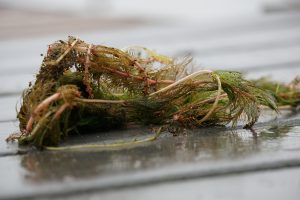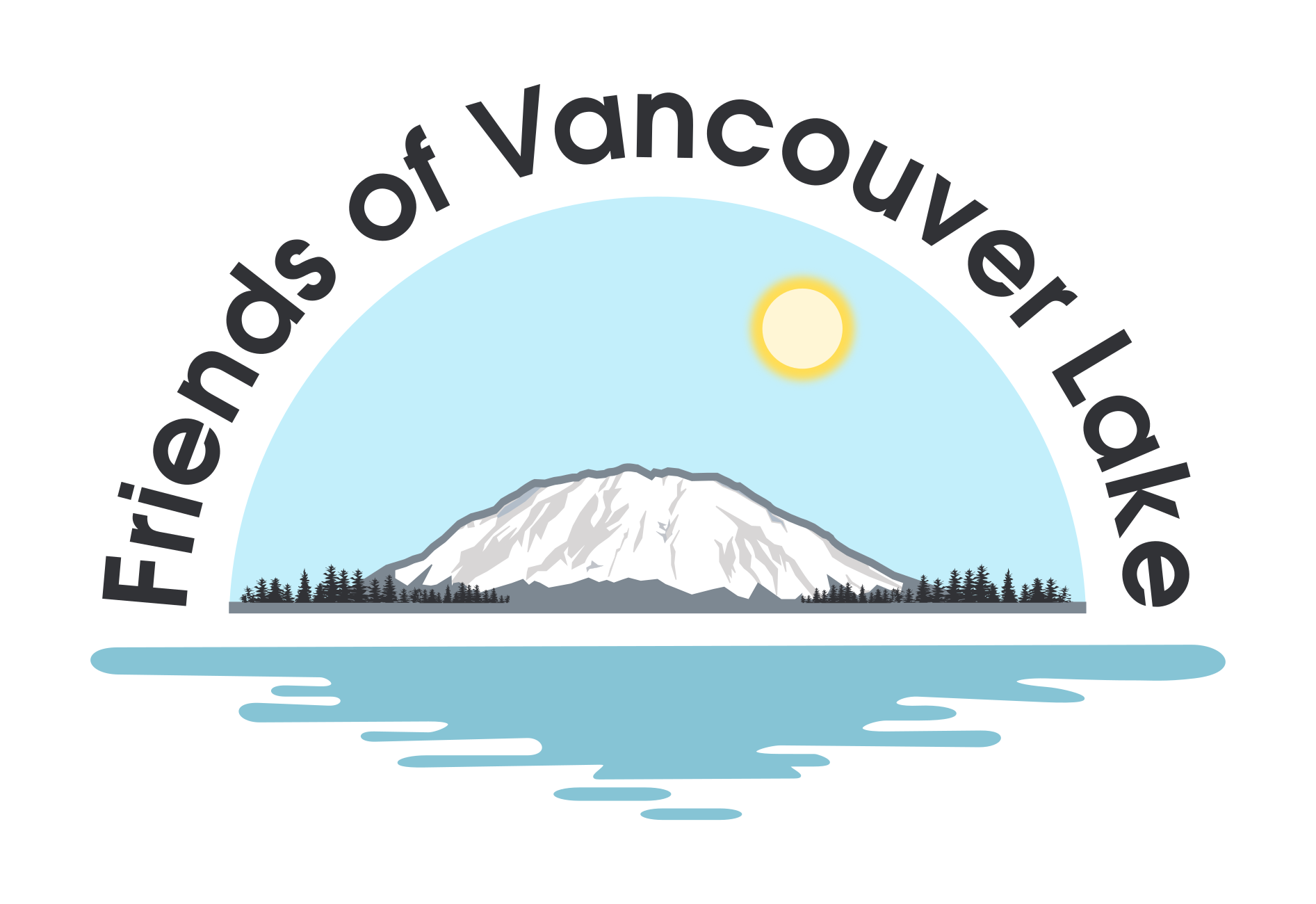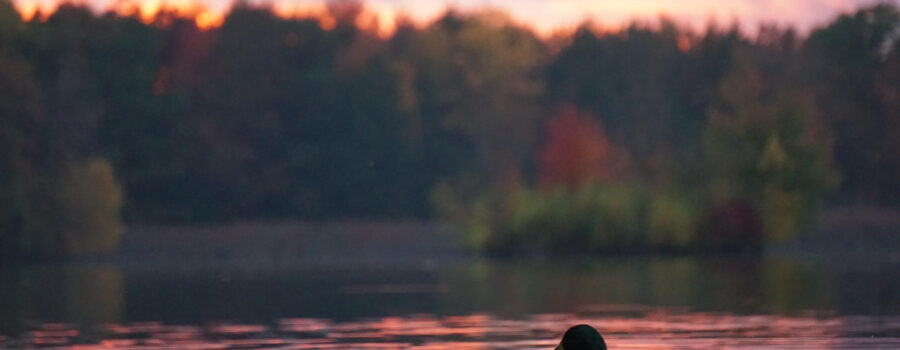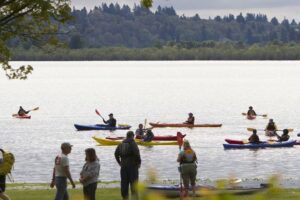Post-treatment report on Lake River survey by
Terry McNabb, CLM
Aquatic Biologist/Certified Lake Manager
 I launched at Ridgefield Port boat ramp and reviewed the littoral areas of Lake River from there south to the house boats at Vancouver Lake (had previously looked at that area south of houseboats and WDFW said they went mile north into Lake river).
I launched at Ridgefield Port boat ramp and reviewed the littoral areas of Lake River from there south to the house boats at Vancouver Lake (had previously looked at that area south of houseboats and WDFW said they went mile north into Lake river).
This stretch of many miles is practically devoid of any submerged aquatic plant growth. The littoral areas are very narrow for the most part, water depths at 6-8 feet close to shore, water clarity similar to Vancouver Lake. The Hydro Acoustic system showed no plant growth along the path of the boat. I observed only three patches of Potamogeton species in the entire length and the were about the size of a basket ball to a desk top.
I observed three milfoil fragments throughout the entire length, I looked closely at the numerous snags and down trees as the water flow changes with the tide (it was flowing toward the lake at the start and toward the Columbia at the end). Floating aquatic vegetation would and did accumulate on these snags. That is where I observed milfoil plants, I did not see any rooted milfoil beds at any point. The milfoil fragments I did see had damage, were mostly devoid of leaves, one was pretty black.
While there should be a recon on this area over time, I didn’t seen any thing that would remotely require treatment.
Please forward this to others that would be interested. Thank you.
Terry McNabb, CLM
Aquatic Biologist/Certified Lake Manager
www.aquatechnex.com





